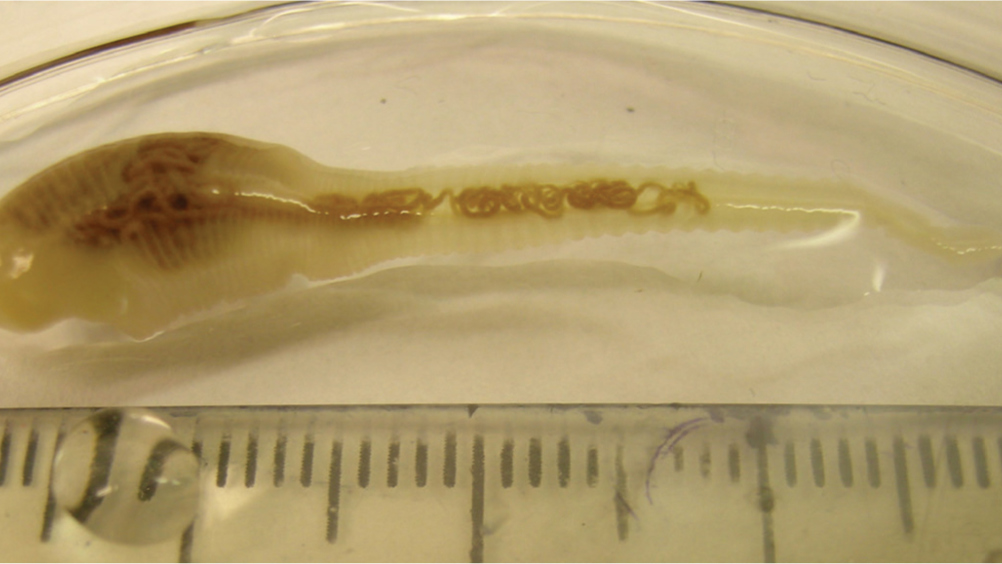References
Parasite roundup for 2021

Abstract
The year 2021 has proven to be another challenging year for UK veterinary professionals in many specialities, and parasite control has presented its own set of challenges. These have focused largely around the high numbers of rescue dogs continuing to be imported from abroad and the challenges of ensuring responsible parasiticide use in increasingly busy veterinary practices. Throughout, the European Council for Companion Animal Parasites UK & Ireland has continued to give parasite control advice, raise awareness of the changing parasite landscape in the UK and promote the need for risk-based parasite control and routine diagnostic surveillance. So what did 2021 hold for parasites and their control?
The numbers of rescue dogs imported into the UK for rehoming remained high in 2021, providing ongoing potential for the introduction of exotic parasites into the UK (Figure 1).
Heartworm and Leishmania cases reported to ESCCAP UK & Ireland remained high, having been imported from a wide variety of countries both from inside Europe and more distant locations such as South America, Africa and Asia. A case of Thelazia callipaeda infection in a dog imported from Serbia was also highlighted (Silverwood, 2021a), reminding us that this parasite remains endemic in eastern Europe and is likely both under diagnosed and under reported.
Chief Veterinary Officer, Christine Middlemiss, also highlighted the zoonotic risk of Brucella canis entering the UK in imported dogs (Middlemiss, 2021). This risk extends to veterinary professionals coming into contact with infected dogs in practice, as well as new owners and charity workers. Vigilance for relevant clinical signs in practice is vital, alongside screening dogs imported from endemic countries, both to reduce personal risk but also to help prevent establishment of this pathogen in the UK.
Register now to continue reading
Thank you for visiting The Veterinary Nurse and reading some of our peer-reviewed content for veterinary professionals. To continue reading this article, please register today.

